Dji Drone Are Uncovering The Lives Of Australian Wildlife
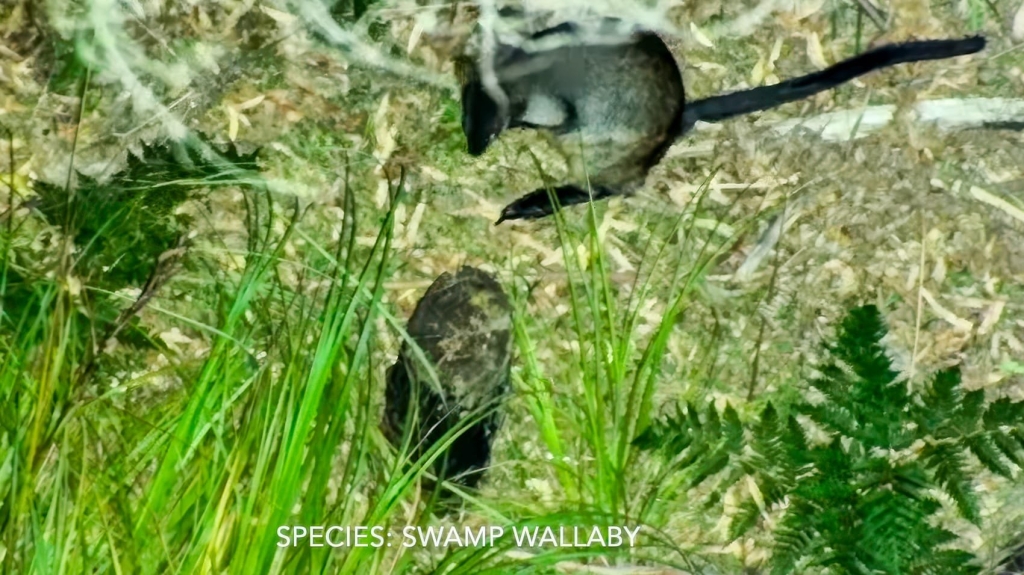
In the dense, sprawling eucalyptus forests of Victoria, Australia, a hidden world of nocturnal animals comes alive after sunset. For scientists, studying these elusive creatures has always been a slow, difficult, and often inaccurate process. But now, as The Conversation reported on in, researchers from the University of Melbourne are using thermal drones to pull back the curtain of darkness, and what they’re finding is incredible.
This new, high-tech approach is revolutionizing wildlife surveys, allowing scientists to monitor threatened species like the Leadbeater’s possum and the southern greater glider more effectively than ever before. It’s a game-changer for conservation, and it’s all thanks to the power of a drone.
A Better Way Than a Flashlight
The traditional method for surveying nocturnal forest animals is called “spotlighting.” It involves a team of researchers walking through the forest at night with powerful flashlights, hoping to catch the reflection of an animal’s eyes. It’s labor-intensive, time-consuming, and in the steep, dense terrain of these forests, it can be dangerous. It’s also not very effective, as many shy animals will hide from the approaching lights and noise.
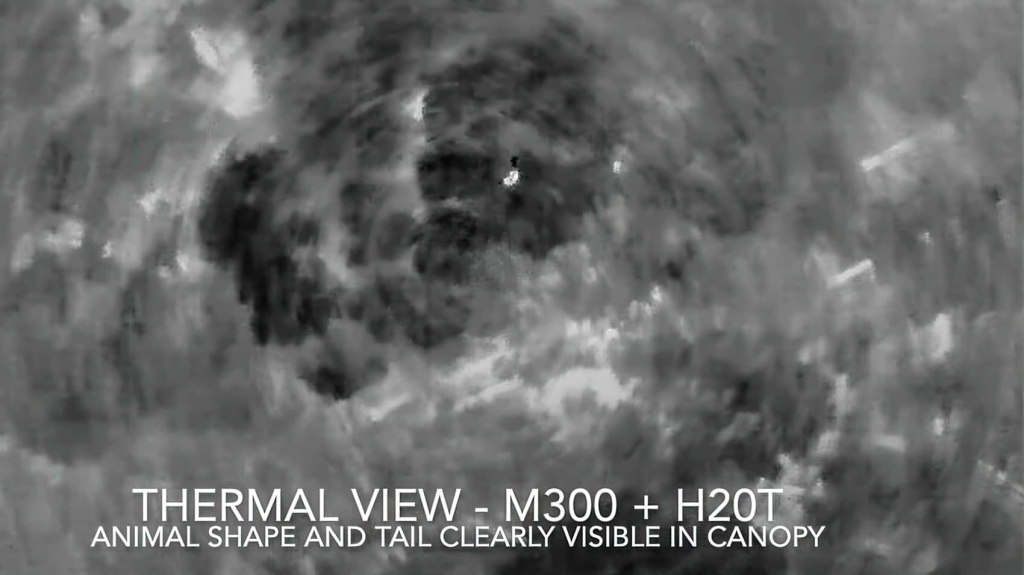
Lead researcher Benjamin Wagner and his team have pioneered a much better way. They fly a drone with a thermal camera in a systematic grid pattern over the forest canopy. The thermal sensor detects the heat signatures of warm-blooded animals, allowing the team to spot creatures high in the trees that would be completely invisible to a spotlighting team on the ground.
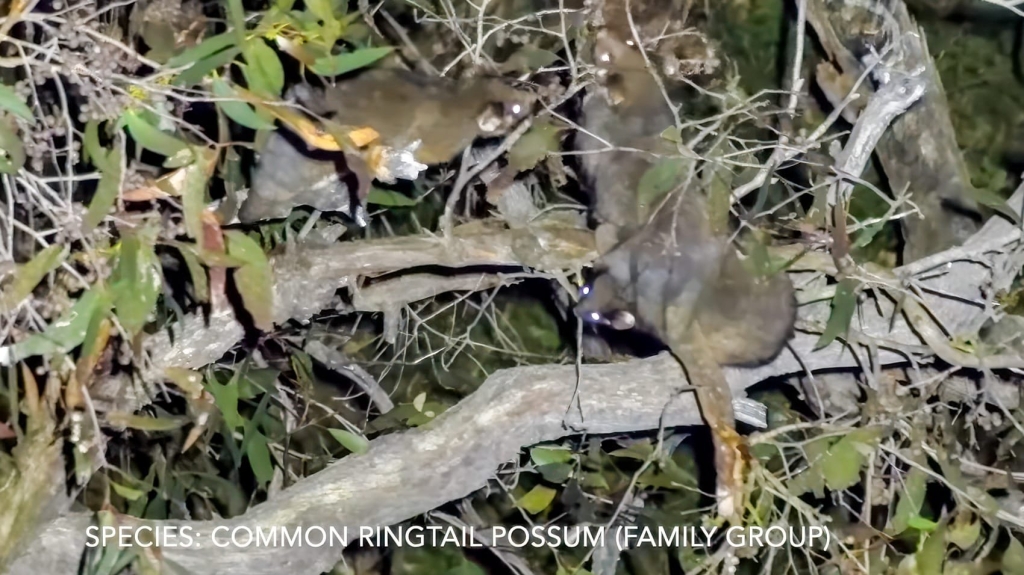
The results from their pilot study are stunning. In over 100 surveys, they’ve had more than 4,000 detections of native mammals and birds, including over 1,000 that could be identified by species. A single drone team can cover ten times the area of a traditional spotlighting team in the same amount of time.
Tech That Reveals Hidden Truths
This isn’t just about counting animals; it’s about understanding them. The thermal drones, professional-grade models like the DJI Matrice M300 with and H2 thermal camera are revealing new insights into how these animals live. For example, the data is showing how species like the greater glider are sensitive to the “edges” of forests, and how they forage in younger parts of the woods.
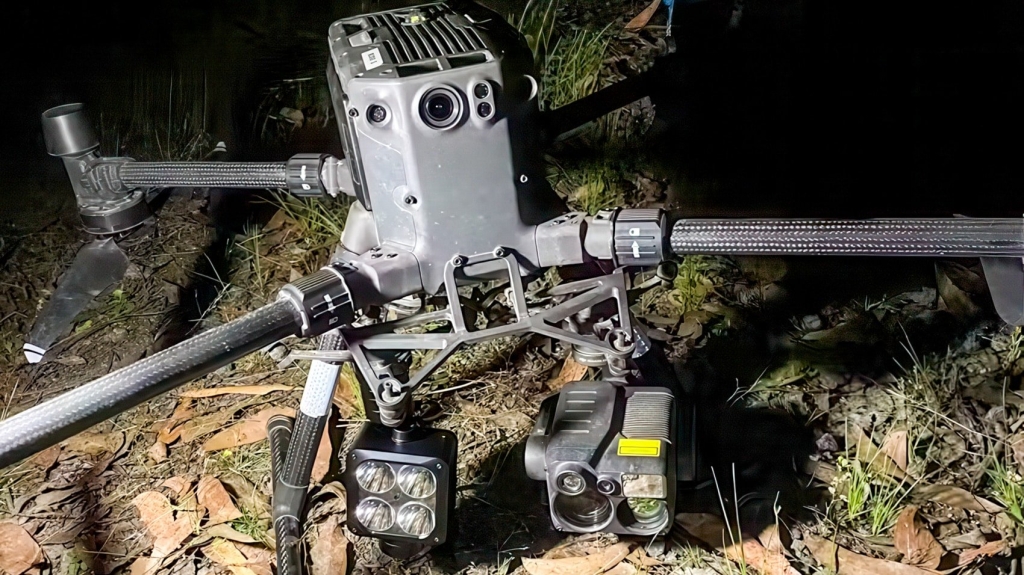
This is critical information for conservation. As these species face growing threats from habitat loss, logging, and climate-fueled wildfires, understanding how they use the landscape is essential for creating effective protection strategies, like planning prescribed burns or establishing habitat buffers.
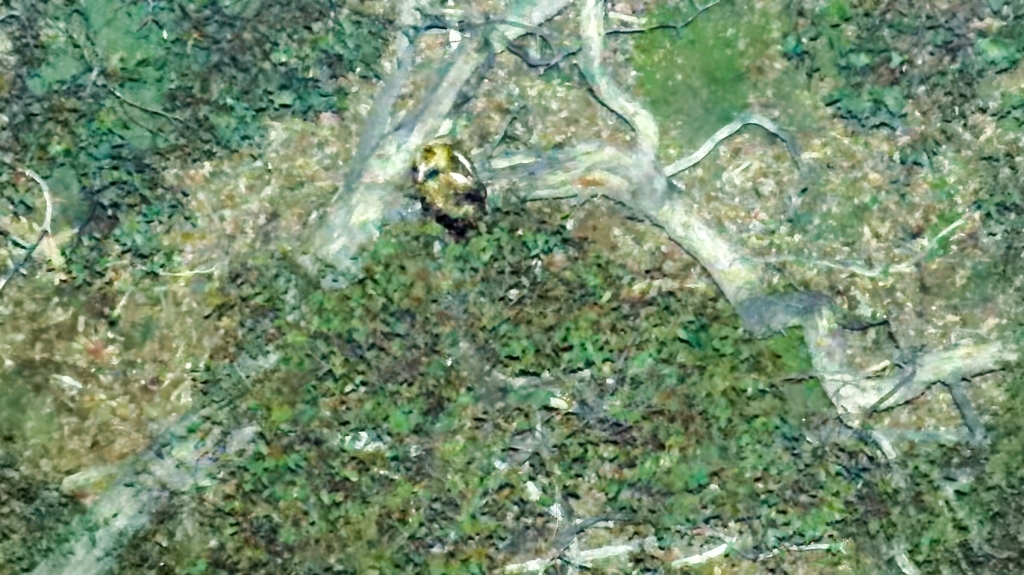
What’s more, the drone footage shows that the animals are minimally disturbed by the aircraft flying high above them. They don’t freeze or hide as they do from a bright spotlight, which means the researchers are getting a much more accurate picture of their natural behavior.
A New Era of Conservation
This work in Australia is part of a global movement of using drones for conservation. We’ve seen it with the whale-watching drones at the New England Aquarium and the dolphin studies at Mississippi State University. In every case, the drone provides a non-invasive, more efficient, and more powerful way to study and protect our planet’s wildlife.
The technology is giving scientists a superpower, allowing them to see the world in a way that was previously impossible. The data they are collecting is helping us to be better stewards of the environment, making smarter decisions about how to manage our forests and protect our most vulnerable species.
DroneXL’s Take
There’s a special kind of magic in seeing an animal in its natural habitat. This research from the University of Melbourne is a beautiful example of how our technology can be used to experience that magic without disturbing the very creatures we are trying to understand. It’s a story about seeing, not just looking.
“Real talk,” the skill required to conduct these systematic thermal surveys in a dense forest at night is immense. You’re dealing with the constant threat of tree branches, unpredictable winds, and the technical challenge of interpreting thermal data. The work that Benjamin Wagner and his team are doing is at the absolute cutting edge of ecological research.
This is the kind of innovation that gets me incredibly excited. It’s a quiet, patient, and profoundly important use of our technology. The insights gained from these flights will help shape forest management policies for years to come, finding a better balance between human activity and the needs of wildlife.
It’s a powerful reminder that the best use of a drone is often as a silent witness. It’s a tool that allows us to listen to the secrets of the natural world. And in a time of unprecedented environmental challenges, that is a gift of incalculable value.
Photo credit: B. Wagner / The Conversation
